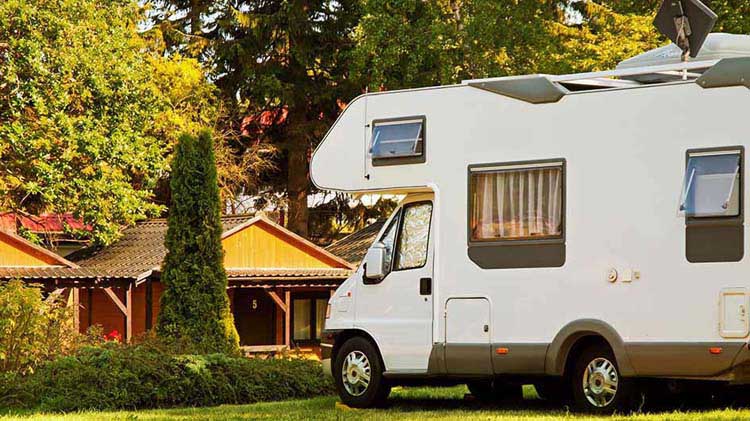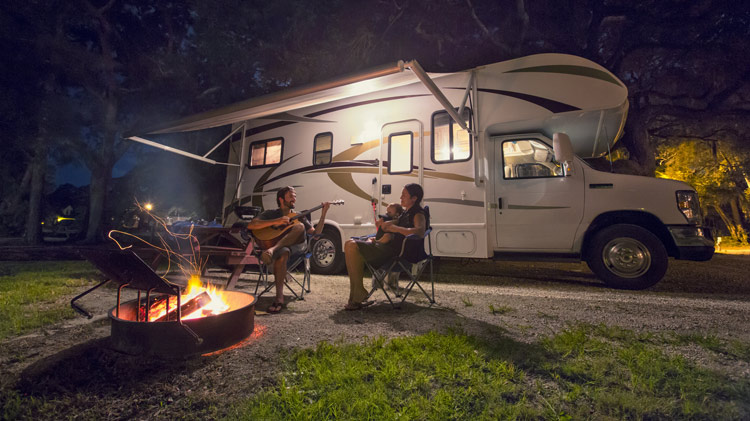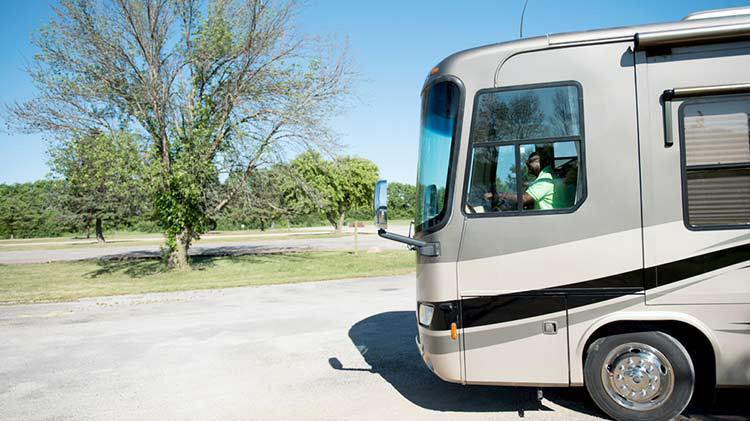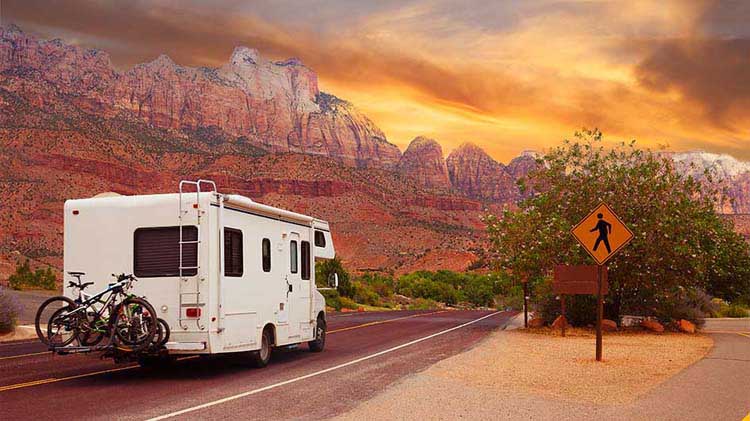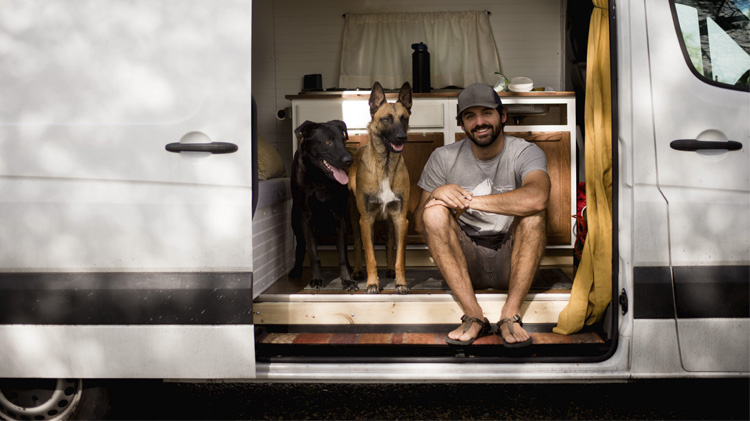RV roof maintenance tips to help protect your vacation vehicle
Consider making this rundown of cleaning, protection and inspection part of your routine.
As you take the time to clean, stock and organize your recreational vehicle for that next vacation, fall foliage tour, fishing trip or just a weekend away, don't forget a critical task — RV roof maintenance. Neglecting proper maintenance and inspection can lead to problems down the road, such as serious water damage.
It is important to note that not all RVs have the same type of roof. Some of the most common types are rubber, fiberglass and aluminum. When you decide it’s time to do maintenance to your RV roof, check the owner's manual to use the right cleaners and materials for that type of roof. A few simple steps can help keep your roof in tip-top shape and extend the life of your RV.
Have an agent contact me
with a quote
Cleaning and protecting your recreational vehicle
- Clean three to four times a year. This will help prevent deterioration and staining from tree sap, bird droppings, algae and mold buildup. If you keep your RV parked under trees, the roof may need cleaned more often.
- Be safe. Check the owner's manual to see if the roof can be walked on. If you are using a ladder, watch your step. Be extremely careful of your footing because there are many things to trip over and wet surfaces can be slippery. If you aren't comfortable working on the roof, contact an RV service to do it for you.
- Use proper cleaning materials and methods. Check the owner's manual to see what type of soap or cleaning material is recommended for RV roof maintenance. Do not use cleaners containing petroleum solvents, harsh abrasives or citric-based acids on rubber or vinyl roofs.
- First, spray off the roof. Use clean water to remove any loose dirt or debris.
- Second, apply the cleaner and scrub in a circular motion. Use a sponge, medium bristle brush, wash mitt or cloth to clean the entire surface. You may want to try working in 3' x 3' areas. Rinse thoroughly with clean water.
- Third, keep the sides rinsed off. This will avoid soap residue, streaking and any damage to decals, graphics and paint finish. If the roof is extremely dirty, you may want to cover the sides with plastic sheets to save on clean-up time later.
- Finally, apply protective treatment. If your roof is made of rubber — as most modern ones are — applying an additional treatment can help protect it from UV rays and dirt buildup. Wait until the roof is dry before application.
RV inspection tips before hitting the road
There are a number of different sealant and seam materials used in the RV industry, and it's important to remember that all of them will deteriorate as a result of exposure to the elements and thermal expansion.
- Check every six months. Most RV manufacturers recommend inspecting the seams closely every six months. Check your owner's manual for specifics on your model. A small crack in a seam today can, over time, turn into a costly repair that may not be covered by an insurance policy.
- Examine all seams. Scan the entire roof for cracks, areas that have pulled away or lifted from the material, scrapes or possible punctures, or any other sign of deterioration.
- Look for tears or cuts. Rubber roofing is also prone to tears in the actual roof material from things like tree branches.
- Inspect fixtures. Check the refrigerator roof and holding tank vents for any damage or obstructions, as well as the air conditioner shroud for damage and proper mounting.
- Consult a professional. If you notice any signs of cracks in the sealant seams or have any other concerns about damage, contact a licensed professional about repair options.
- Put together a repair kit. Even when you do regular maintenance to the roof, it’s a good idea to have a repair kit handy in case of an emergency. Some supplies to have in your repair kit include: roof cleaner and patches, seam roller, sealant, primer and a caulking gun.
Don't let a little tear in your RV's roof turn into something big and expensive. Wash and inspect it regularly and get any problems fixed early so you won't have to worry about the roof keeping you from motoring safely down the road. Also, feel free to reach out to a State Farm® agent if you want to learn more about motorhome insurance.
